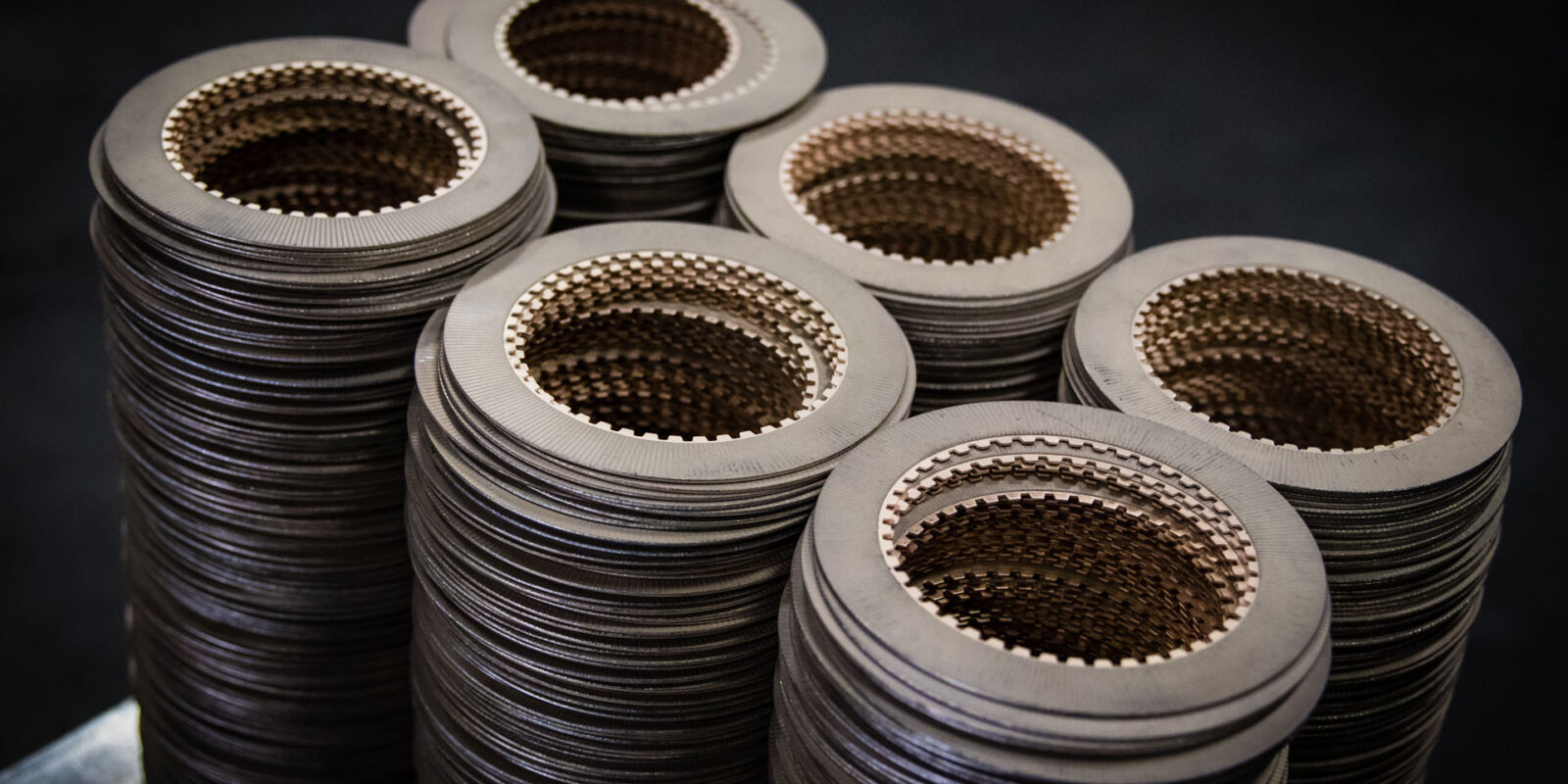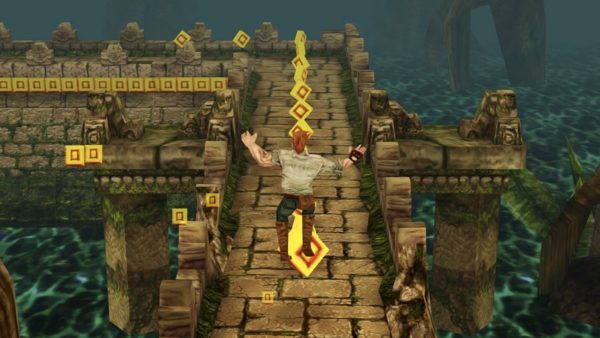Industrial braking and clutching systems are important components of equipment and machinery used in different sectors, including transportation, mining, manufacturing, and construction. According to experts at Kor Pak, these systems have the responsibility for safely and efficiently controlling movement as well as stopping heavy machinery and equipment, making their function important for workplace productivity and safety.
How Braking and Clutching Systems Work
Both systems work by using frictional force that controls motion. They use friction to slow down or stop the movement of rotating components, basically a shaft, rotor, or wheel. When brakes are actuated, force is often applied to brake shoes or pads that press against the drum or rotor. Clutching systems serve different purposes in devices and machines. They control the speed of a machine and protect it against damage. For example, power drips often use clutching systems to avoid workpiece damage and limit torque. Likewise, machines requiring frequent starting & stopping use clutching systems to minimize wear and tear. These systems vary in operation and design depending on the response time requirements, speed, and torque transfer of machines. But regardless of these differences, the principle of disconnecting and connecting rotating components doesn’t change across different kinds of clutches.
Types of Brakes and Clutches
It is important to have industrial braking and clutching systems to manage or deal with heavy loads. However, choosing the right braking and clutching systems isn’t easy. This is why we have suggested the following types to help you choose one based on your needs:
- Spring applied braking systems – These systems are designed to decelerate moving loads as well as keep heavy goods still when a release mechanism fails to work. The systems are helpful for industrial equipment and any kind of machines, which need to stop urgently.
- Torque-limiting clutches – These are used as safety devices that give large components protection and prevent them from overloading. They help to protect gears, shafts, and internal parts from overload and breakage.
- Hydraulic release braking systems – This is a type of spring-applied braking system, which uses hydraulic power. It is helpful for stage productions, emergency stops in industrial vehicles, and holding.
- Electromagnetic clutching systems – They electrically operate while mechanically transmitting torque. This clutching system has become popular these days, thanks to the modification in design, but the working principle remains the same.
Choosing Industrial Brakes & Clutches
It is important to consider several factors when choosing the right industrial brakes and clutches for your machinery or equipment. Some of these factors include the following:
- Thermal Capacity
To avoid damage that heat may cause, it will be important to choose a clutching or braking system made of quality materials.
- Size
The right size of a braking or clutching system depends on its operational requirements. Basically, these parameters comprise cycle rates, inertia load, driving device, time, and rotational speed.
- Service Life
The clutching or braking system’s service life is an important factor in industrial and automotive settings. Service life in industrial settings is often measured in terms of the cycle number a system can be able to endure.
In conclusion, it is important to ensure your machinery and equipment are safe to use and in good condition to operate. The best way to do that is to choose to go for the right clutching and braking system.








